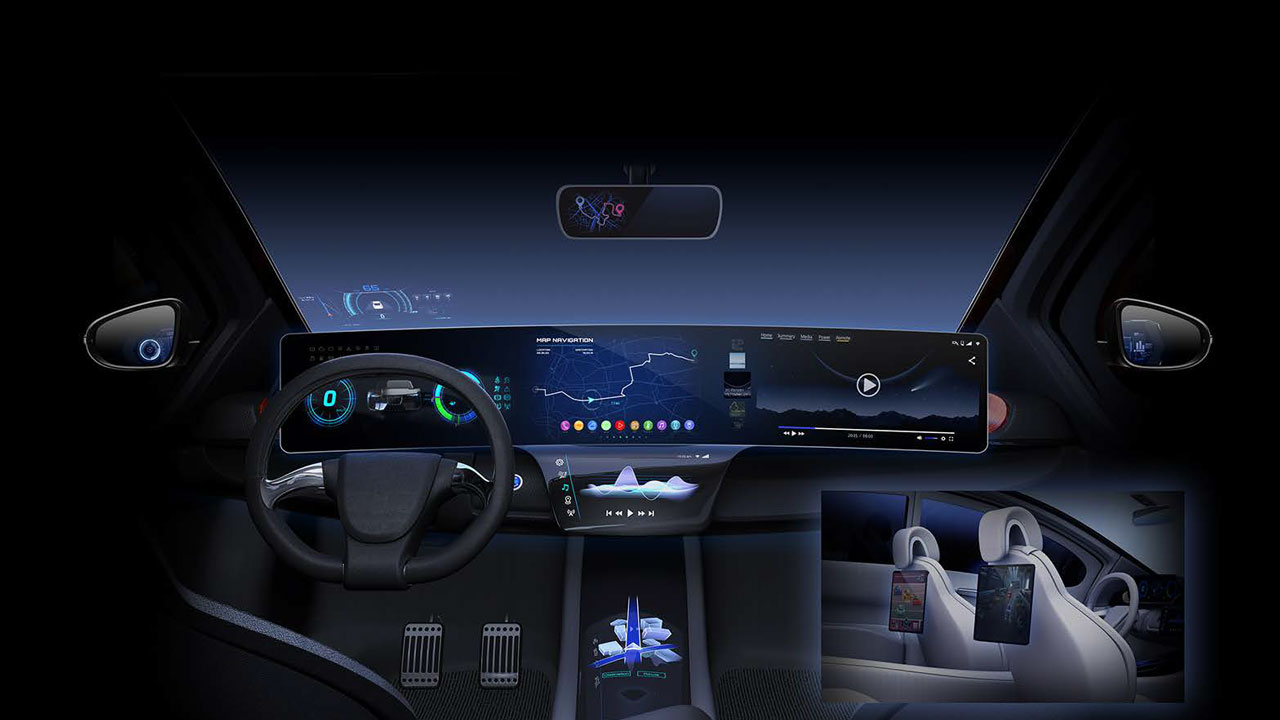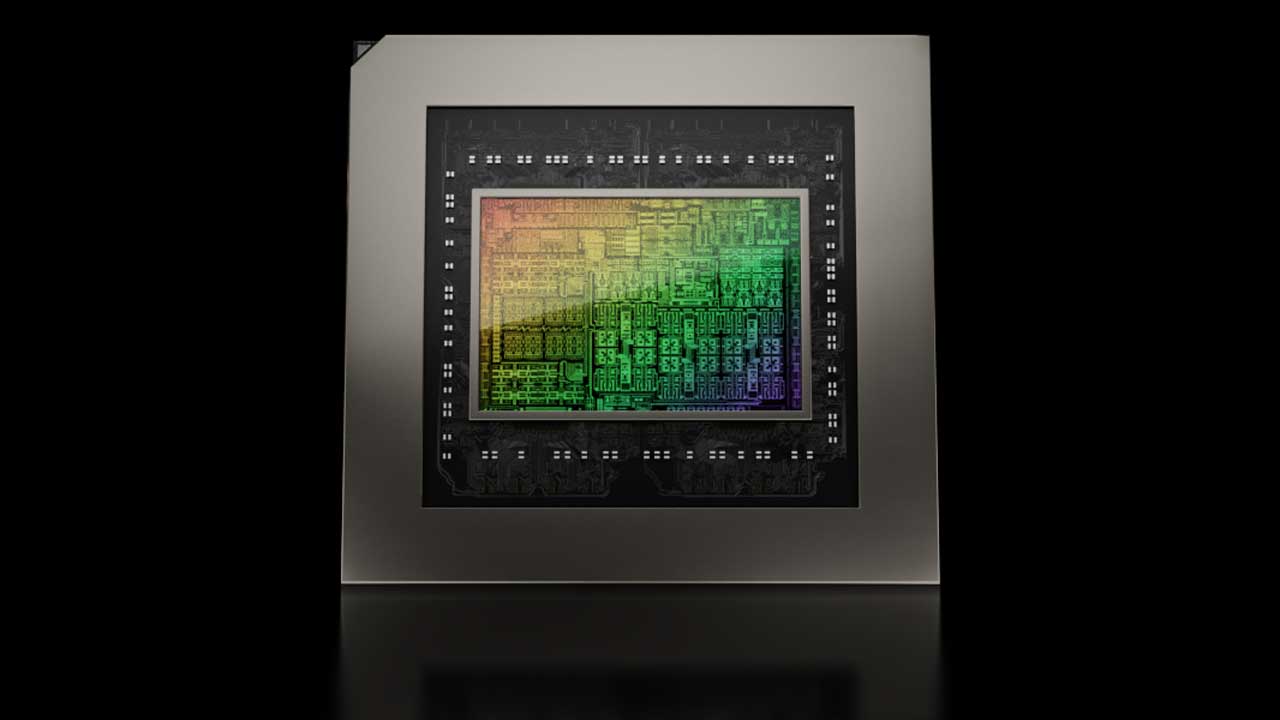NVIDIA’s recent announcement highlights the widespread adoption of their DRIVE Thor centralized car computer by prominent companies within the transportation sector. This technology is poised to power the next wave of consumer and commercial fleets, spanning various vehicle types such as new energy vehicles, trucks, robotaxis, robobuses, and last-mile autonomous delivery vehicles.
The DRIVE Thor system represents a significant advancement in in-vehicle computing platforms, specifically designed to support generative AI applications that are increasingly vital in the automotive industry. Acting as the successor to the DRIVE Orin platform, DRIVE Thor offers a comprehensive solution capable of delivering feature-rich cockpit functionalities and enabling safe and secure highly automated and autonomous driving, all consolidated onto a centralized platform. Notably, this next-generation autonomous vehicle (AV) platform incorporates the new NVIDIA Blackwell architecture, specifically optimized for transformer models, large language models (LLM), and other generative AI workloads. The introduction of the Blackwell architecture was a highlight of NVIDIA founder and CEO Jensen Huang’s keynote address at GTC (GPU Technology Conference).
During GTC, numerous leading electric vehicle (EV) manufacturers, including BYD, Hyper, and XPENG, are unveiling their next-generation AI-equipped vehicle fleets powered by the DRIVE Thor system. Beyond passenger vehicles, DRIVE Thor caters to the diverse requirements of various transportation segments where high-performance computing and AI capabilities are indispensable for ensuring safe and secure driving operations. These segments include trucking, robotaxis, goods delivery vehicles, and more. Several mobility providers are spearheading this transition at GTC, including Plus, Nuro, Waabi, and WeRide.

In essence, NVIDIA’s DRIVE Thor platform represents a significant step forward in the evolution of transportation technology, facilitating the integration of advanced AI capabilities into vehicles across different sectors. By enabling enhanced safety, efficiency, and autonomy, this platform is poised to shape the future of mobility and drive innovation within the transportation industry.
